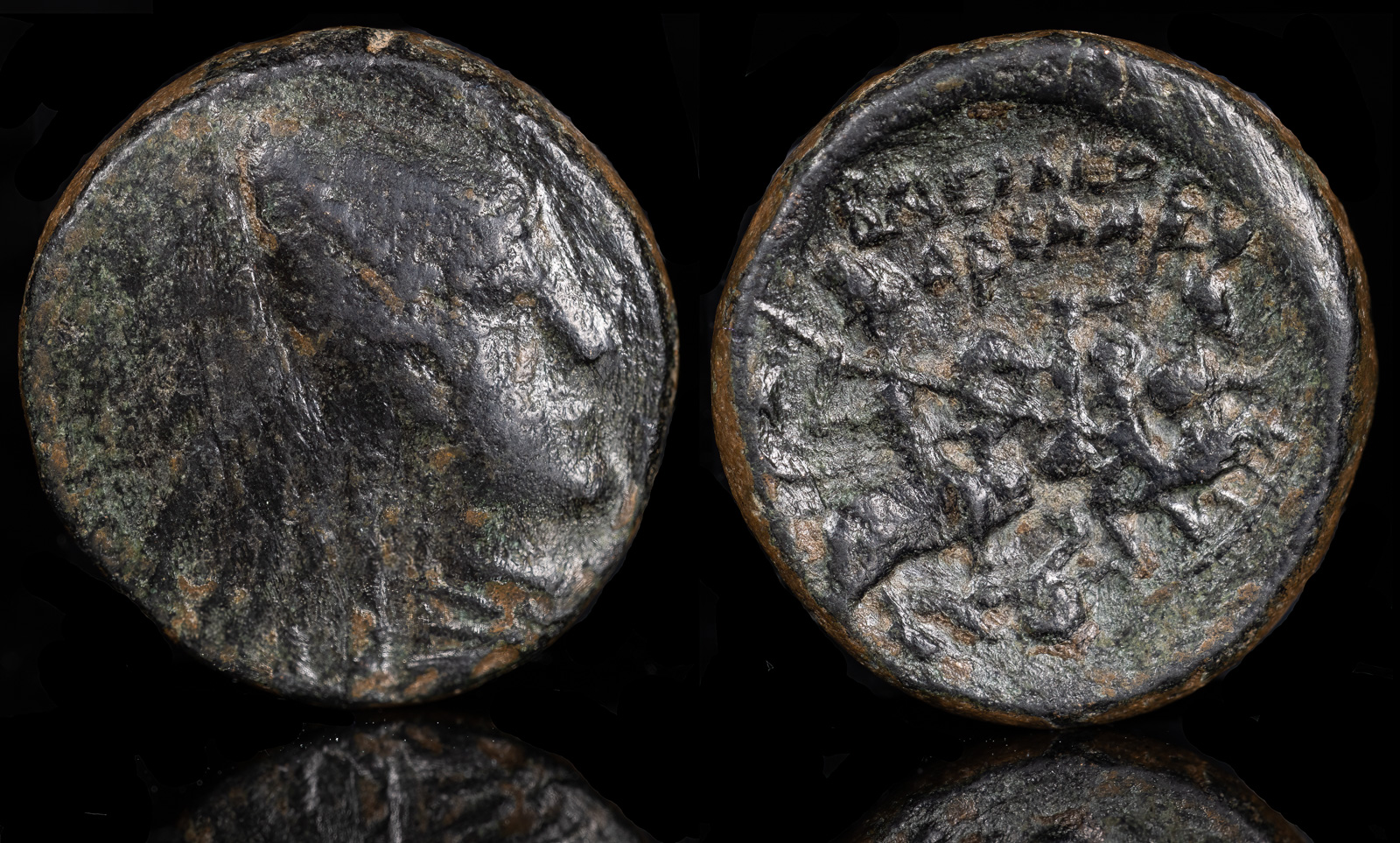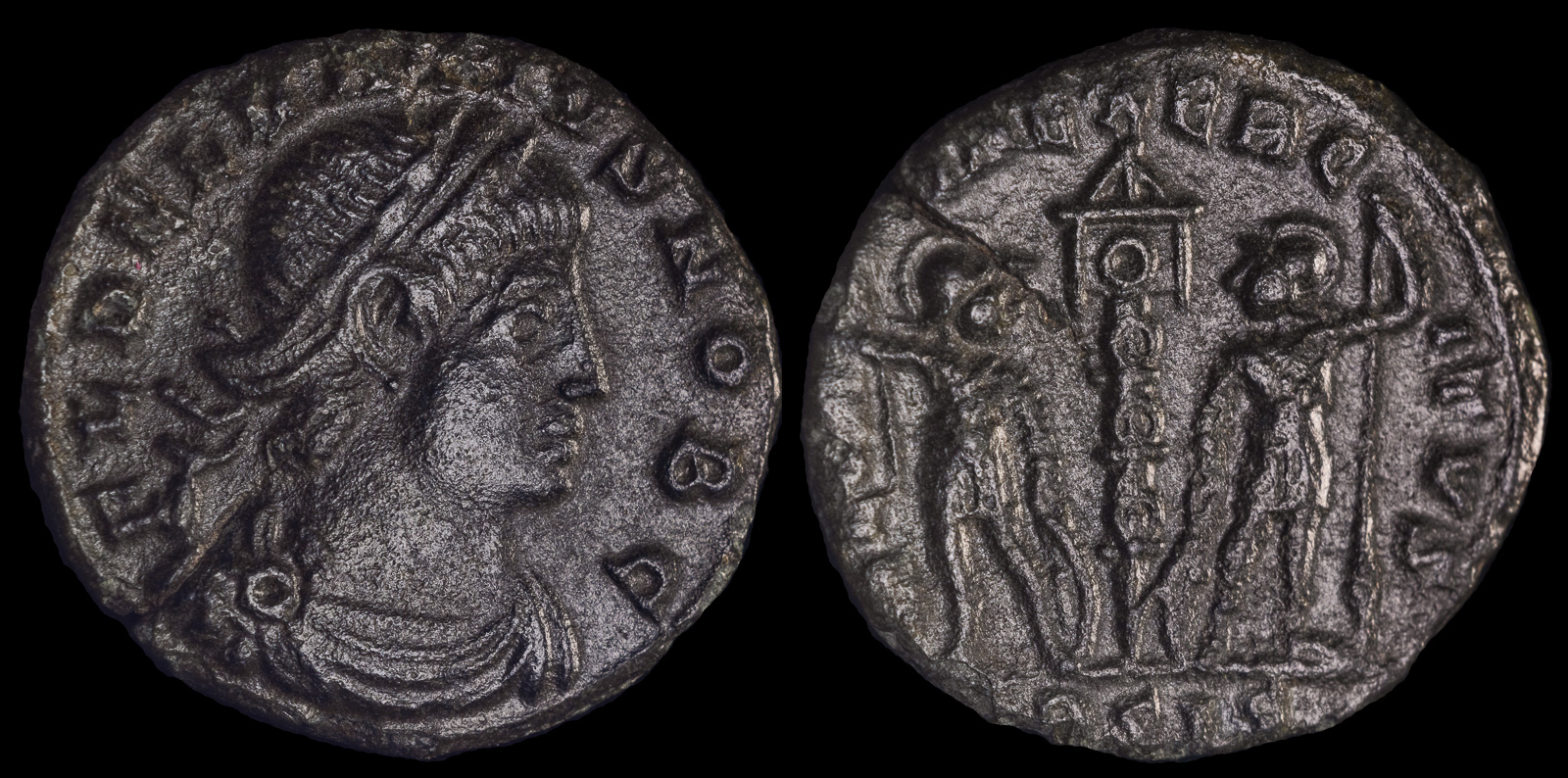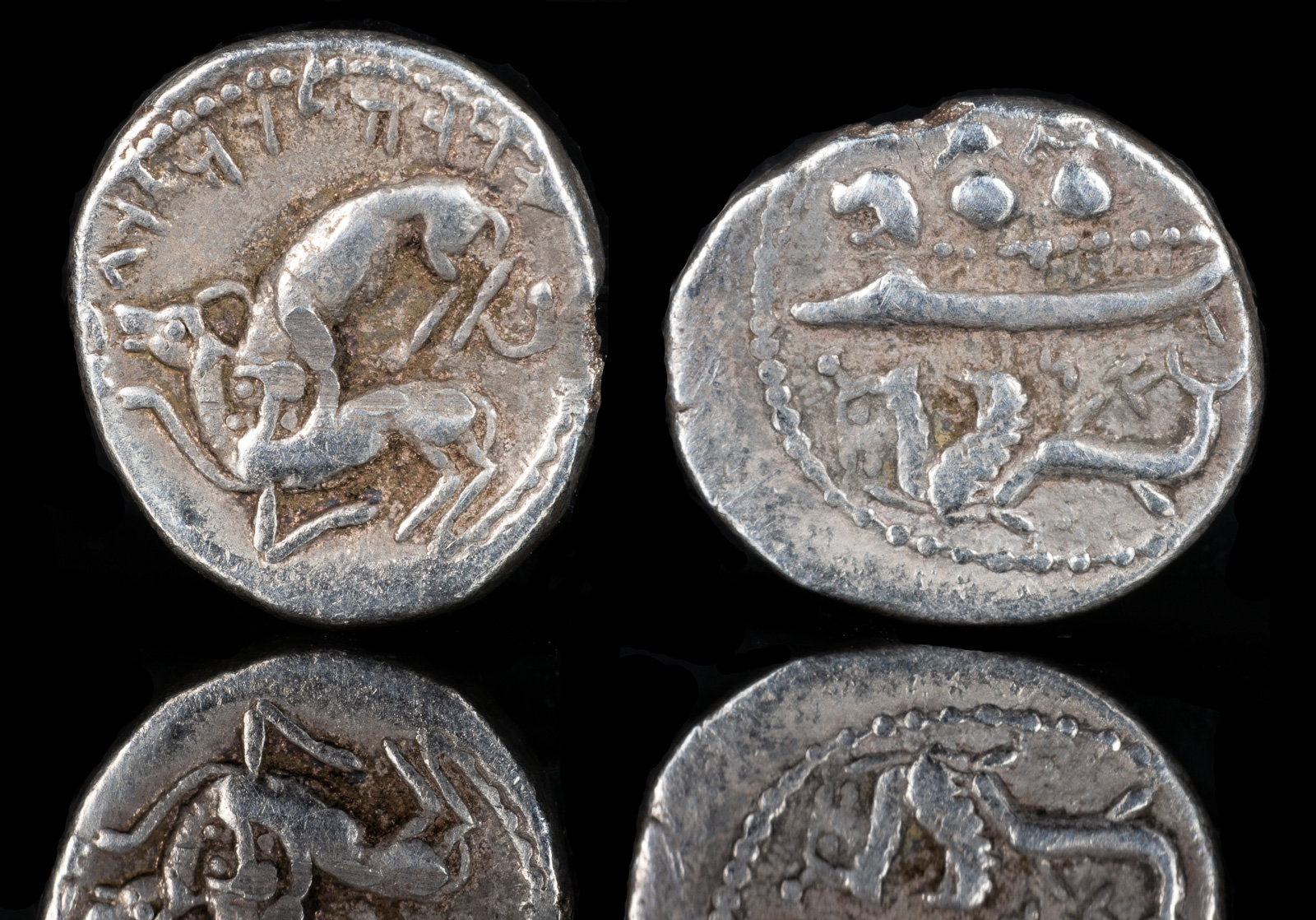Hoplite
View All Tags
The hoplite was armed with a variety of weapons, but the most iconic was the sarissa, which could be used for both thrusting and throwing. In addition to the spear, hoplites carried a short sword (known as a xiphos) for close combat, and the hoplon shield, which was central to their defense and formation tactics. The hoplon shield was large and circular, made of wood and bronze, and designed to protect the soldier’s body and part of his comrades’ bodies when in the phalanx formation. The shield was held in the left arm, while the right arm was used to wield the spear. This arrangement allowed hoplites to fight in close quarters with their fellow soldiers while maintaining a strong defensive line.
The hoplite phalanx formation was the key to Greek military success. Soldiers would stand shoulder to shoulder, creating a wall of shields and spears. The effectiveness of this formation relied on discipline, coordination, and mutual trust among the soldiers. The hoplites’ shields overlapped, creating a nearly impenetrable barrier against enemy attacks, while the spears extended outward from the formation, providing offensive power. This tightly-knit phalanx allowed hoplites to advance as a cohesive unit, making them formidable opponents in battle. At its best, the phalanx could push forward with great strength, breaking enemy lines with sheer force and organization.
In battle, hoplites were often used in pitched engagements, where the goal was to break the enemy’s phalanx or force them into retreat. The hoplite’s role was not just that of a foot soldier; they were often citizen-soldiers who would fight to protect their homes and families. This sense of personal investment in battle made hoplites highly motivated. For many Greek city-states, such as Athens and Sparta, the hoplite system represented not just military might but also civic identity and social cohesion. The hoplite system required significant personal wealth to equip oneself with the armor and weapons needed to serve, and in return, hoplites were often given certain political rights and privileges in their city-states, reinforcing the connection between military service and civic duty.
However, the hoplite system also had limitations. It was effective primarily in open-field battles, where the formation could maintain its cohesion. In more varied or rough terrain, or when facing highly mobile forces, hoplites were at a disadvantage. Over time, the increasing use of cavalry, archers, and other specialized troops began to complement the hoplite forces, leading to the development of more diverse military strategies.

Kings of Sophene/Armenia Arsames I
ca 240 BCE
AE 3.91g 15.75mm
Draped bust to right, wearing bashlyk tied with diadem /
ΒΑΣΙΛΕΩΣ ΑΡΣΑΜΟΥ, king riding horse to right over fallen soldier, pointing spear in direction of two attacking soldiers standing to left, each holding spear and round shield.
Kovacs 1

Delmatius (nephew of Constantine I), as Caesar
Siscia, 335-336 CE
BI Nummus 1.53g, 15mm, 6h
FL DELMATIVS NOB C, laureate, draped and cuirassed bust to right /
[GLOR]IA EXERCITVS, two soldiers bearing spears and shields to either side of a standard; BSIS in exergue.
RIC VII 256.
Ex Fritz Rudolf Künker 2009

Phoenicia, Byblos ‘Urimilk III
AR 1/16 Stater 0.87g, 11mm, 9h
Circa 333 BCE
Galley to left, containing two hoplites with helmets and round shields; below, Phoenician letters and hippocamp to left / Lion attacking bull to left, Phoenician inscription above. E&E-B Group IV.3.2; HGC 10, 137
Ex Roma